Information MIS infrastructure is responsible for identifying the best way to store important information. But what is a sustainable MIS infrastructure? Read on to learn more.
In the last few decades, the use of technology has skyrocketed. A world without devices like laptops, GPS maps, smartphones, among other electronic devices, is unimaginable as now almost everyone across the globe has embraced them.
However, this increases e-wastes, and thus there’s a need to embrace sustainable MIS infrastructure.
Therefore, for us to make progress and still take care of our planet, we need to answer this question – what is a sustainable MIS infrastructure? And how does it impact our environment?
Here, we’ve compiled strategies to help you understand how to incorporate sustainability in any business MIS infrastructure.
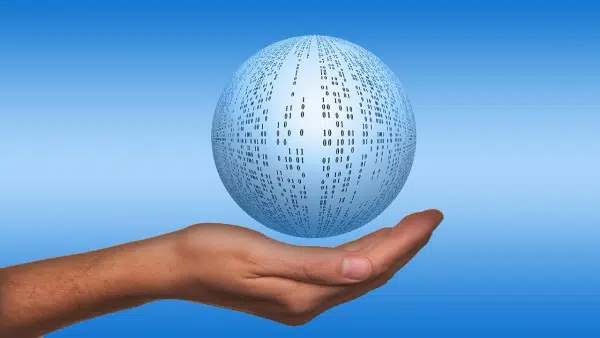
What is a Sustainable MIS Infrastructure?
Before we look at what it is and why it is important, let’s first explore what an MIS infrastructure is?
MIS infrastructure comprises all the plans a company can use to create, install, use, and even distribute data, processes, or its MIS assets.
On the other hand, a sustainable MIS infrastructure is meant to offer growth solutions to a company regarding resources computation while concurrently reducing hardware and energy usage.
With a sustainable MIS infrastructure, a company can improve productivity, generate growth, reduce costs, optimize operations, and increase profitability.
Which Characteristics Support a Sustainable MIS infrastructure?
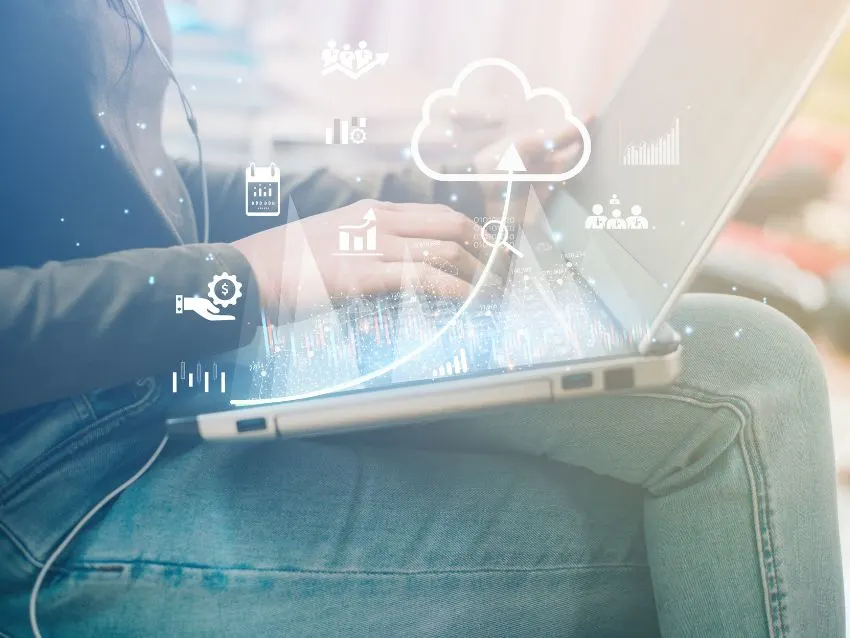
The features that support a sustainable MIS infrastructure include accessibility, maintainability, availability, portability, scalability, reliability, and usability.
Also, backup and recovery plans, business continuity plans, disaster recovery plans, grid computing, cloud computing, and virtualization fall here.
What is a Sustainable MIS Infrastructure: MIS Maintainability?
This is where a system transforms quickly to support conservation changes. The system is flexible and can operate on diverse software platforms or devices.
What is the MIS Reliability?
This is the capacity of an application to function on diverse software platforms and devices. It helps ensure that the system is working accurately and provides actual information.
What’s the Importance of an Agile MIS Infrastructure to a Business?
Companies fully depend on the infrastructure to deliver their products and services to their customers. This optimizes the business processes to improve a company’s productivity and profitability. Therefore, an Agile MIS infrastructure will support a business or company’s process change.
What are the Three Components of an MIS Infrastructure and what do they Support?
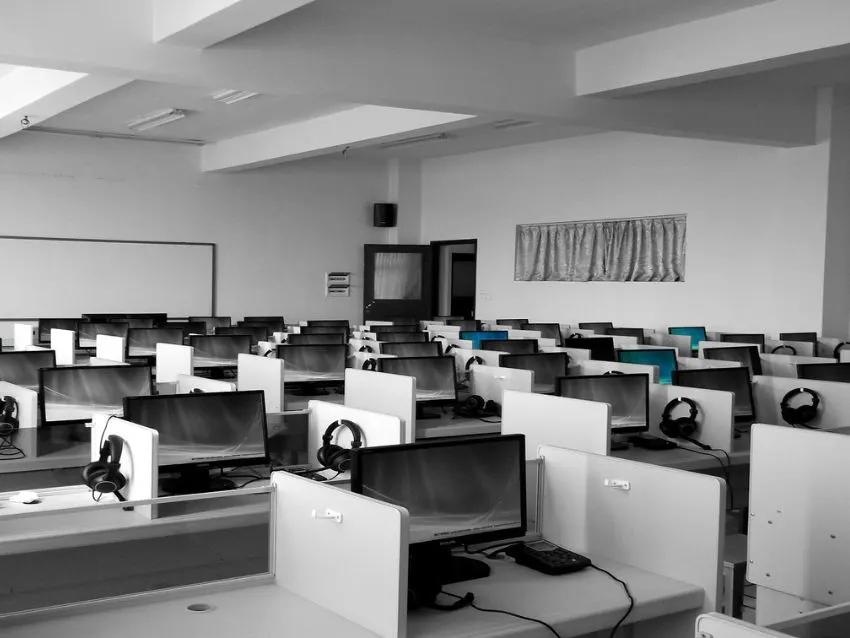
The three main components of MIS Infrastructure include:
- Grid computing: This includes a group of computers, often geographically disseminated but coordinated to solve a shared problem.
- Cloud computing: The use of applications and resources remotely hosted on the Internet. The term is coined partly from a clouds’ image to signify the Internet or a certain large networked environment.
- Virtualized computing: Involves building multiple “virtual” machines on one computing device.
With these components, businesses can use applications and resources remotely while on the go to and from their businesses. Also, they can store their essential data to protect the information in case a device is stolen or lost.
See related: 13 Best Books on Sustainable Living
What are the Three Forms of MIS Infrastructure and what do they Support?
MIS infrastructure consists of Information infrastructure, sustainable infrastructure, and agile information structure. The information indicates how a business can sustain operations through disaster recovery, backup, and business continuity plans.
You need a strong MIS information infrastructure that can support your business operations and recognize where and how to use crucial information.
What is Usually Included in a Business Continuity Plan?
A business continuity plan includes cyber-stability strategies that make the business endure disruptive cyber incidents. These plans include defending against those risks, protecting critical applications, and data recovery plans from breach or failure in a measurable and controlled way.
How often Should a Business Back up its Data?
A company can protect itself from data loss through constant backups. This involves making sure that important data is backed up not less than once a week or preferably after every 24 hours. This can be done either automatically or manually.
Which is the Best Backup Site Between Hot and Cold Sites?
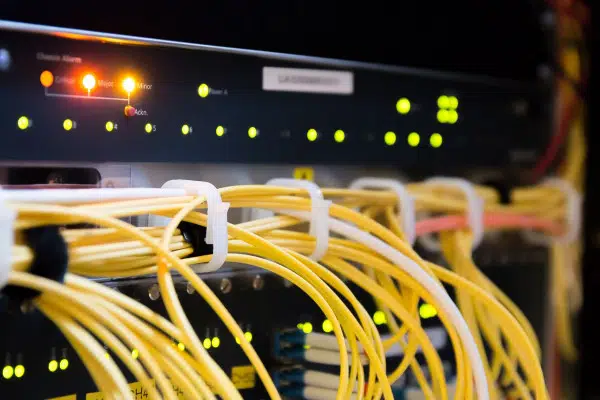
To answer this question, it’s important to first understand what a hot and a cold site mean.
What is a hot site?
A hot site involves creating a real-time replica of an already existing network environment. All the data that a business generates and stores at their primary site is instantly backed up or replicated at the disaster recovery site.
Hot sites mainly consist of managed hosting that comes along with a colocation data center.
What is a Cold Site?
A cold site, on the other hand, is a separate facility that has no computer equipment, but employees can move into that place after a disaster.
Both hot and cold sites are essential in case of a disaster.
What is the Difference Between Hardware and Software?

The hardware represents that computer system’s physical part that is visible and tangible. These items include a CPU, motherboard, monitor, and keyboard.
Software, on the other hand, includes the collection of instructions you command a computer to run. These instructions tell the computer what it’s supposed to do.
What Pressures Drives Sustainable MIS infrastructure?
The three main driving forces of sustainable MIS infrastructure include high electronic waste, carbon emissions, and energy consumption.
What Refers to Safe Disposal of MIS?
E-waste includes broken, obsolete, or discarded electronic devices. Sustainable MIS Disposal refers to those strategies that companies can use to ensure the safe disposal of obsolete MIS assets that doesn’t bring harm to the environment.
What is a Sustainable MIS Infrastructure: Clean Computing?
Clean computing involves A company’s manufacturing, using, and disposing of IT equipment in a way that does not produce harmful waste to the environment at any phase. The company ensures that chip construction and packaging do not produce any non-hazardous materials.
This also includes cloud computing or SaaS (on-demand) software that involves a third-party installing and operating cloud application software and then users accessing the software online or via the internet.
Cloud computing depends on distributed computing resources instead of having localized personal devices or servers to handle applications. Storage, applications, and other services are accessed through the web.
What is a Green Personal Computer?

Therefore, green PCs are personal computers built from eco-friendly materials. It features low consumption of power and contains high levels of CPM (computer power management) capabilities.
Using a green personal computer can also help save energy which is key to sustainability. Typically, these types of computers generate less heat than their predecessors.
What are the Uses of MIS?
MIS infrastructure supports all business operations, modifications, and the environment or maintenance.
MIS has been of great importance in management and information flow. Some industries that have benefitted from it include logistics, point-of-sale data collection, internal communication, and inventory control, etc. All these affect retail marketing and operations.
The main applications of MIS include:
1. CRM and POS
CRM is a popular marketing system in which businesses use point-of-sale terminals to create customer accounts and collect data on their relationship history. With a CRM, a business can leverage its core customer relationship, which is crucial to the success of small retailers while in competition with large chains.
Relationship software database gathers and stores information, and the front-end service associates help perform transactions. Businesses can use the collected customer data to understand their top customers, improve customer experience, and offer targeted promotions.
For instance, you can target customers that have purchased a certain product for renewals or upgrades and tell them about available offers. Also, you can send direct emails to prospective customers that you haven’t seen for a while.
2. Internal Communication
MIS technology has numerous benefits for internal communication. That’s because you can program your store computers to display important memos and daily notifications for all staff members to read.
Employees working in multiple locations and at different times can communicate via email with other employees in other stores. This allows quicker dissemination of crucial information.
Some retailers also offer online training programs to their new employees to train at their pace and at the most convenient time. Message boards or discussion forums are some of the other mechanisms for internal communication for retailers with multiple stores.
3. Inventory Control
MIS is also crucial to inventory control processes. That’s because it lets the retail associates efficiently conduct inventory audits and update their pricing.
While a few decades ago, employees would manually have to place price stickers on each and every product, today, the system does that automatically and seamlessly. Employees can then scan the new price for every product.
The retail businesses have these scanners that are directly synched to their computers to simply change the pricing at the store level rather than manually correct individual products. This helps speed things up, and employees can easily compare actual stock to the inventory data on the computer to account for lost items.
4. Logistics
MIS also comes in handy for small retailers who want to manage the information and products flow throughout the retail distribution process. This involves directly linking up your store computers with crucial suppliers or your distribution center when you have several locations.
This enables your vendors to electronically submit their shipping orders to stores and to notify them that the products are on the way. Those store computers show the products that are in stock at the same time they physically arrive.
See related: 12 Best Sustainable Shoes for All Different Occasions
How can Companies Create Sustainable MIS Infrastructure?
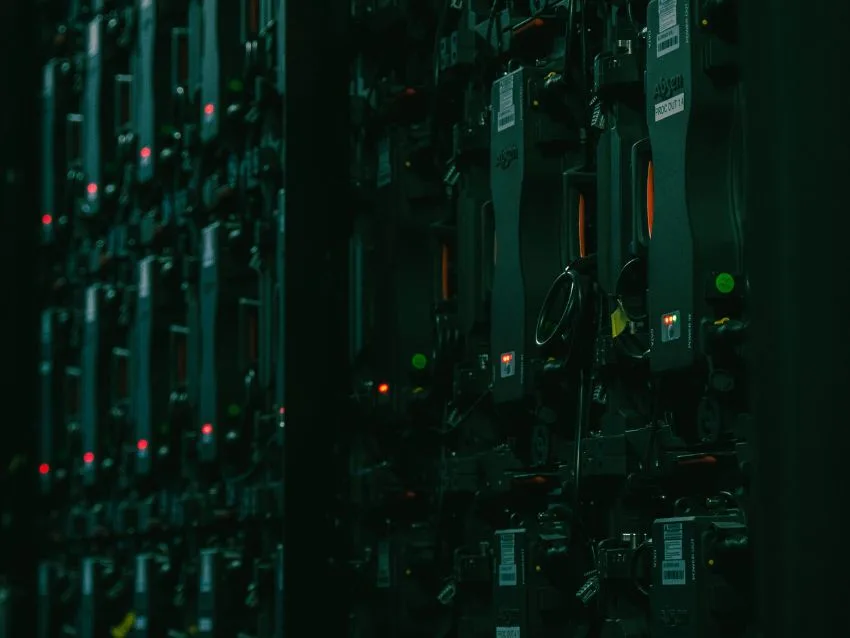
Some of the companies that have successfully adopted sustainable MIS infrastructure include Apple, Unilever, Tesla, Kingfisher, Tom’s shoes, CVS Health, etc. These corporate sustainability trailblazers have challenged the status quo and are leading in implementing innovative programs that result in better environmental and social conditions.
Some of these companies are included in this list because their leaders and CEOs have made radical statements to support the cause. However, to really achieve transformative change towards sustainability, we need to move beyond incremental improvements.
It’s not enough to just make a statement or do a random act of sustainability. Companies should commit resources and engage all stakeholders in their mission of creating a sustainable environment.
The challenge of minimizing hardware e-waste is something that everyone should think about. That’s because we don’t want to fill our landfills with used electronic devices that would endanger our environment and living things.
While environmental activists, governments, and other corporate bodies have taken initiatives in devising ways to reduce e-waste, there’s still a lot more to do from all sectors.
What is a Sustainable MIS Infrastructure: Resources
If you want to learn more about sustainable MIS infrastructure, you can use a book like Upcycled Technology by Daniel Davis.
He explores some incredible DIY projects to do with old, broken, and discarded tech materials. Most people don’t know how to properly discard these devices, and so this resource shows them what to do with them.
So, what is a sustainable MIS infrastructure? I believe you now have a clue!
FAQs
What is an MIS infrastructure?
An MIS infrastructure is the foundation that supports an organization’s information system. It includes hardware, software, data, and network components that work together to enable the flow of information within an organization. A well-designed MIS infrastructure is essential for efficient and effective information management, decision-making, and overall business success.
What are the three primary areas of a MIS infrastructure?
A MIS infrastructure is the combination of hardware, software, and network resources that support the information processing and communication needs of an organization. The three primary areas of a MIS infrastructure are hardware, software, and telecommunications. Hardware includes all physical components such as computers, servers, and storage devices.
Software includes all programs and applications that run on the hardware, including operating systems, databases, and productivity software. Telecommunications includes all networks and communication technologies used to connect hardware and software components, such as the internet, intranets, and wireless networks.
What are the key elements of MIS infrastructure?
MIS infrastructure is the foundation of an organization’s information system. It consists of three key elements: hardware, software, and telecommunications. Hardware refers to the physical equipment used in the system, such as servers, computers, and storage devices. Software includes the programs and applications used to manage and process data.
Telecommunications refers to the networks and communication channels used to transmit data between different parts of the system. Together, these elements form the backbone of an organization’s information system and enable efficient and effective processing of data.
What is the importance of MIS infrastructure?
MIS infrastructure is the foundation of an organization’s information system. It encompasses all the hardware, software, and networking components that support the flow and management of data within an organization. A robust MIS infrastructure is crucial for ensuring the reliability, availability, and security of an organization’s information, which in turn enables efficient decision-making, effective communication, and streamlined business operations.
